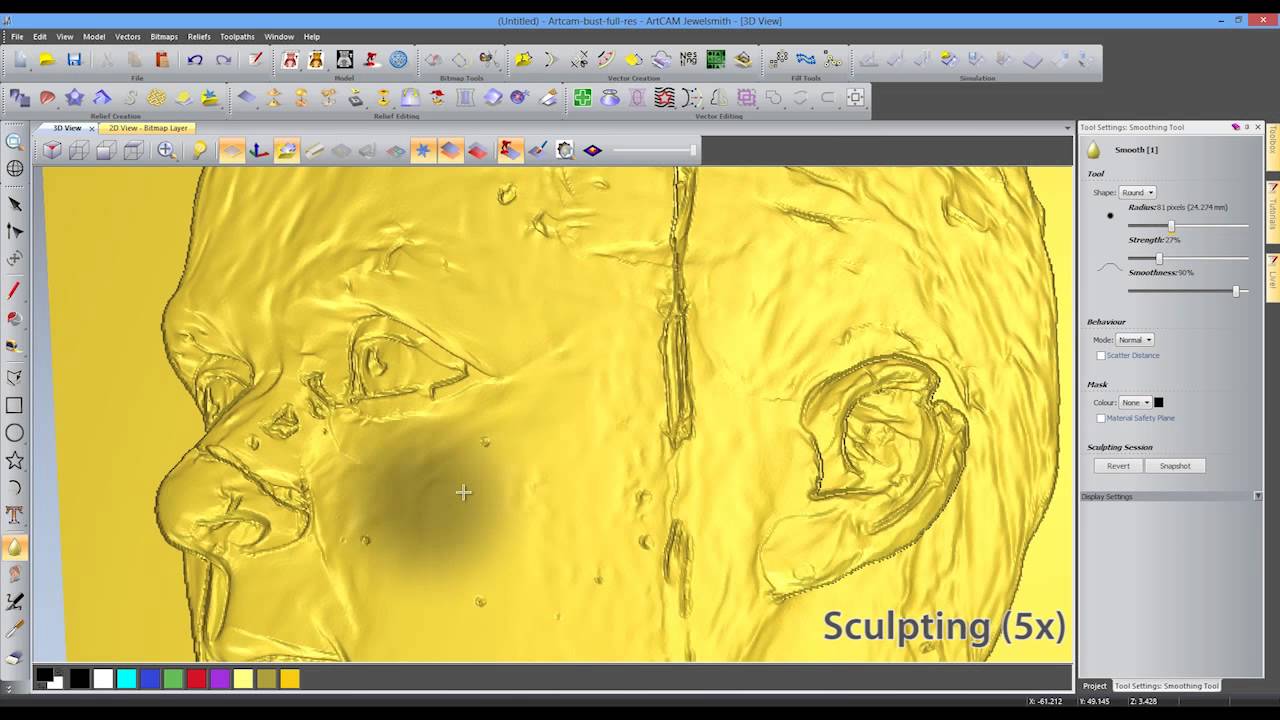

I have had no splitting or failures with this method. Other types of connections that I have tried are weak and prone to splitting. Not only is this connection strong, it also helps to create the tension desired to tighten an axis assembly around the rods/angles for snug no-play sliding. The idea is very simple: with two large holes to receive nuts, and two transversal holes to receive screws (long enough to reach the nuts), a tight and strong connection can be achieved. This step is not as glorious as building an actual working component of one of the CNC axes however, this type of connection is used on almost every part of the machine. I am going to run through a technique, and a vital element in the CNC machine of this tutorial. Making corners, connecting two pieces of MDF can be a challenge. If you are looking for some great CNC machine kits, look here. These are a great way to create joints in wood. Step 2 - The Cheapo Connection Check here for our cross dowel nuts that are used in this tutorial. If the turning motion of the screw is reversed, the nut is pushed away from the hand turning the screw. Your hand is applying a force to the screw in a circular motion, hence the motor turning the shaft, and if the screw is turning at a stationary point in space, it will pull the nut toward the hand turning the screw. Hold the screw in the other hand and screw it in the nut. Hold the nut in one hand but don't turn it. To explain in more simpler terms, take a regular screw, and a nut. The screw yields a ratio of force to the linear motion, but conversely affects the speed and resolution of linear motion. Yes, a little like the transmission in the car, but much simpler. The lead screw is the main component for the transmission of power in a linear form. It will keep you from pulling out your hair by running much smoother and faster. Instead of using allthread for the lead screw and a standard nut, consider using a 5 start lead screw and anti-backlash nut. Step 9: Z-Axis Lead Screw and X-Axis Aluminum Angles This tutorial is dated, if you are considering a CNC for your personal use, we would highly recommend purchasing a kit that is very stable from our wide range of machines available. In addition, the force of the motors against the force that the bit and cutting imposes on the machine must be handled by the entire gantry. The gantry needs to carry the z-axis, router, and the y-axis with all support pieces. The linear slide bearings are longer than the other linear slide bearings on the y and z axes so the weight of the gantry can be supported. The gantry sides consists of two boards approximately 18" x 8" 8" linear slide bearings will also be built in a later video to be used in with these gantry sides. The gantry allows the router to essentially float over the cutting surface. That's what makes this machine a gantry style machine. The gantry is the part of the CNC Router that moves along the x-axis. We will be making the gantry sides in this video. This tutorial is dated, if you are considering a CNC for your personal use, we would highly recommend purchasing a kit that is very stable from our wide range of machines available. Now read on and enjoy the simple and effective technique. Y is omitted from this since you want y to remain at 0. Carry on to the next position of 2" from the x origin by typing: g0 x2. Depending on your z-axis zero position, say the top of the workpiece is at 0, you would use the g-code: g1 z-0.5 and them immediately g0 z.5 which brings up the bit 1/2" above the work piece. You would then want to move the bit downward to create the hole. You would type the g-code: g0 x0 y0 - this g-code moves the bit to the (0,0) position on an x,y coordinate system. He specifies, assuming that you have zeroed out the correct position of the origin, that you move to x0 y0. When he talks about the moving to various positions, he is making reference to g-code.

The historic reference is icing on the cake. I get many emails asking, "how do you clamp your workpiece." I would often reply with the screw and wood scrap idea, but when I saw the method below, I knew this was the one to seriously consider. He has come up with a brilliant clamping idea. CNC Machine Horizontal Work Piece Clamping This technique comes from one of the users of this site (Robert L).


 0 kommentar(er)
0 kommentar(er)
